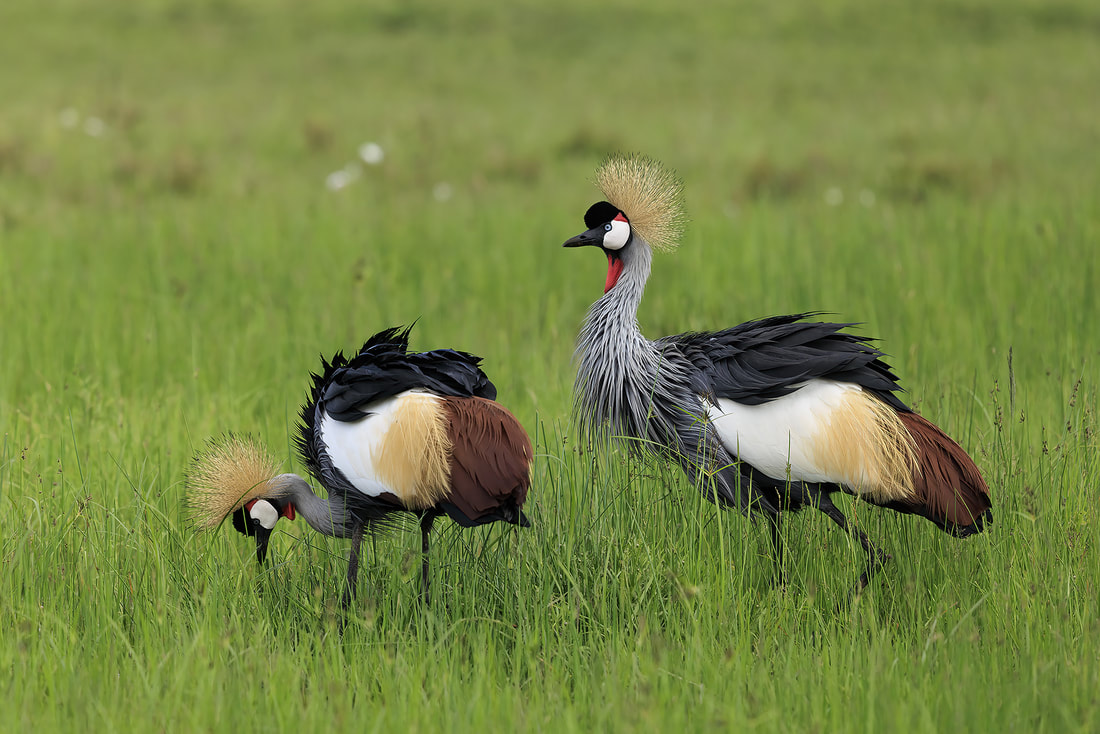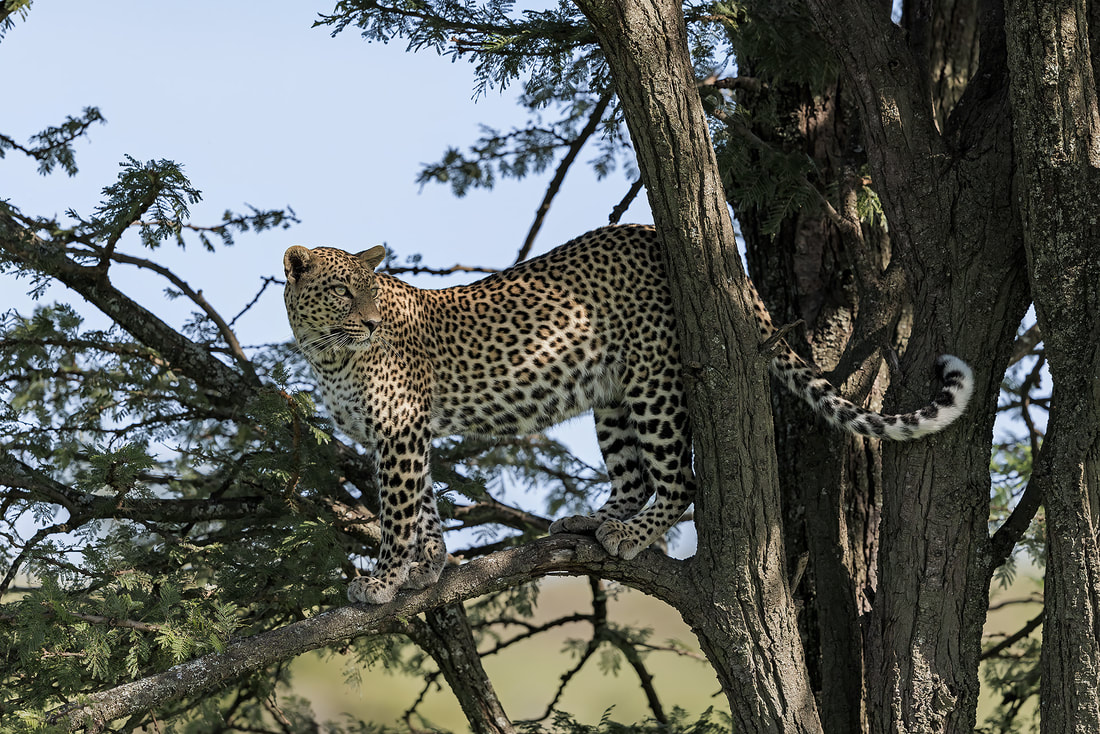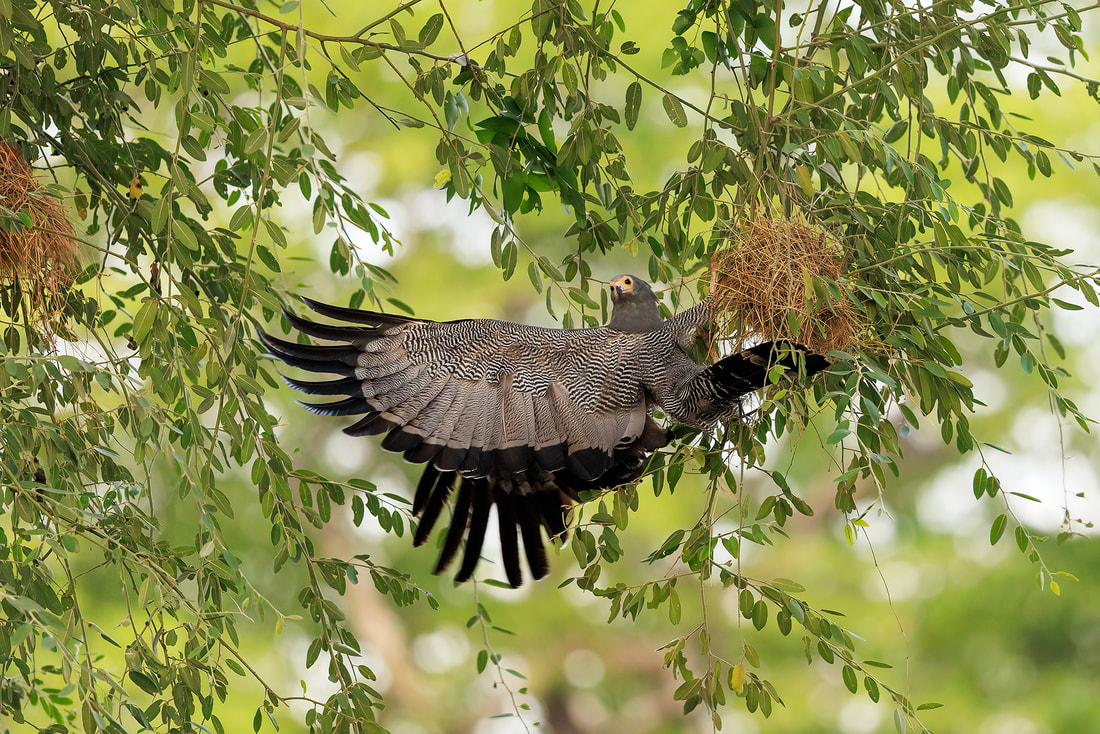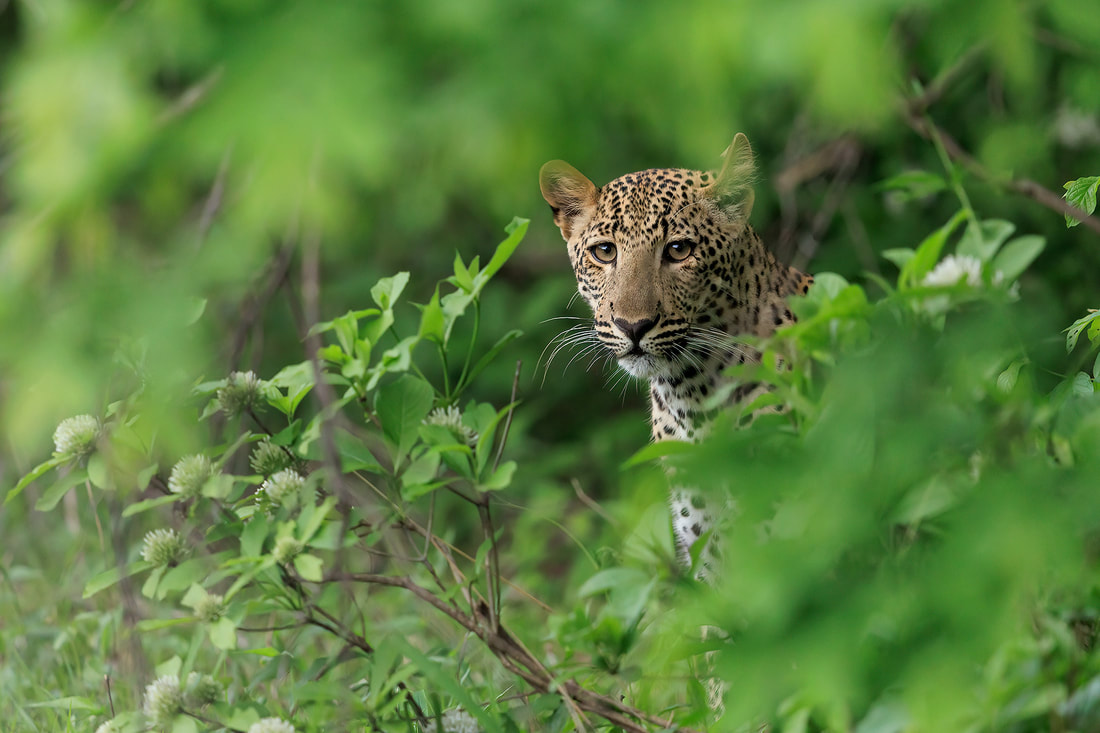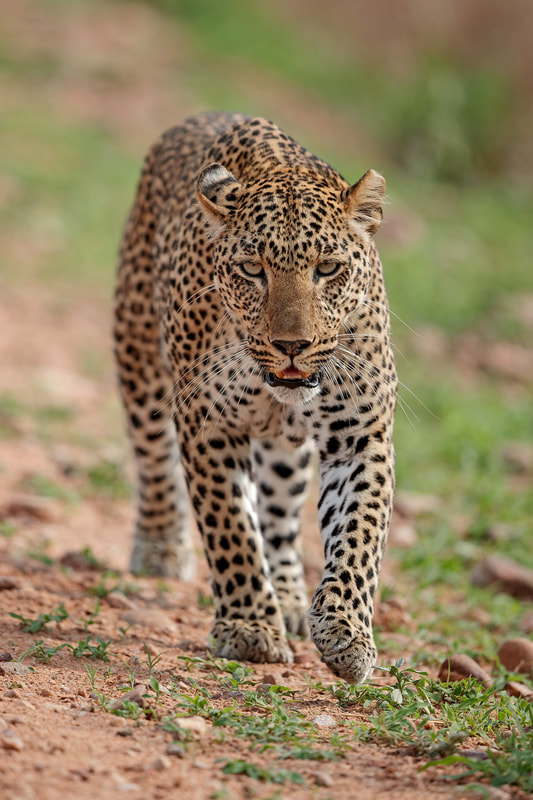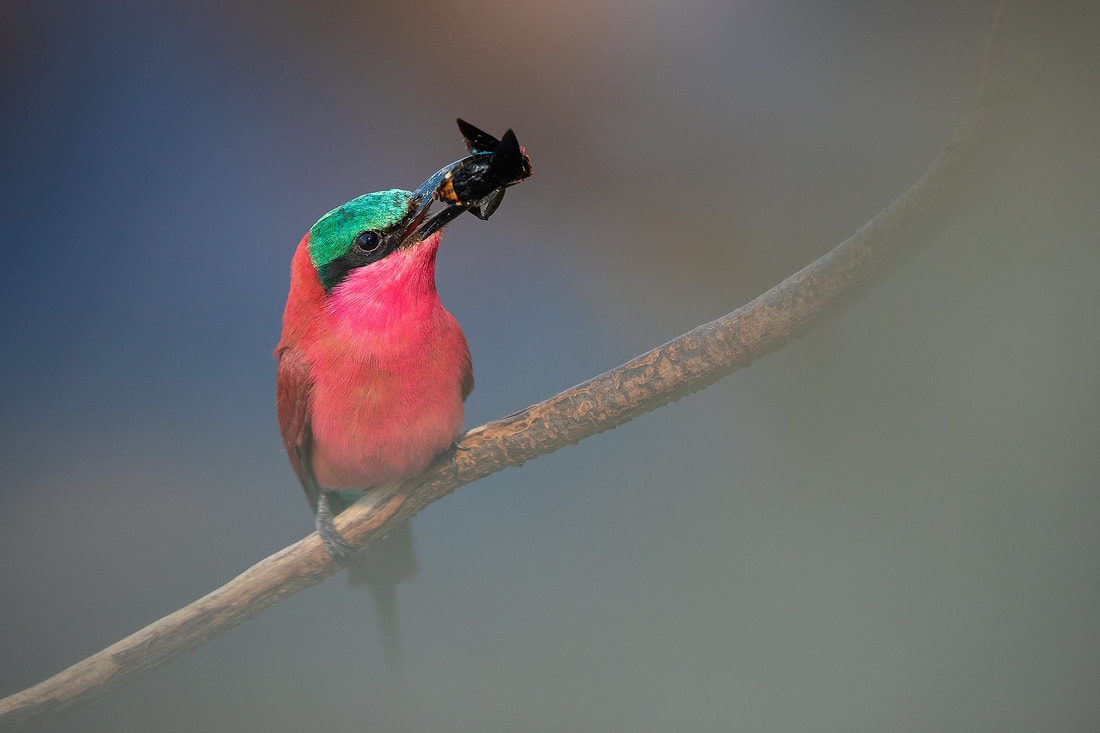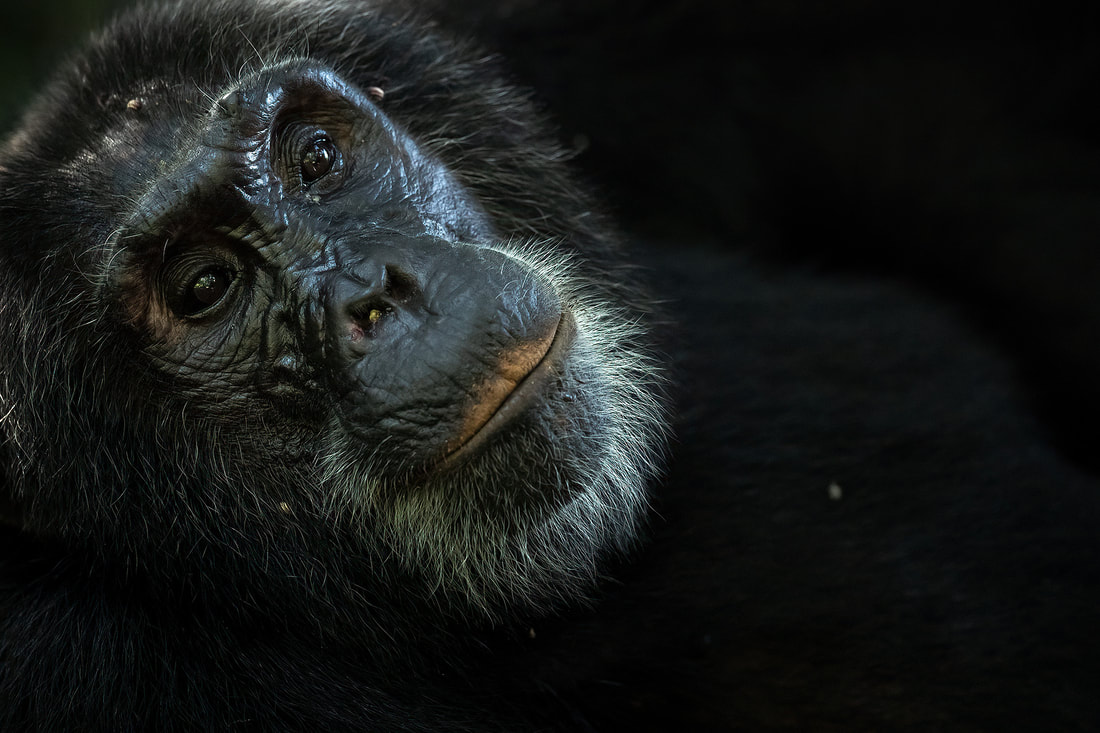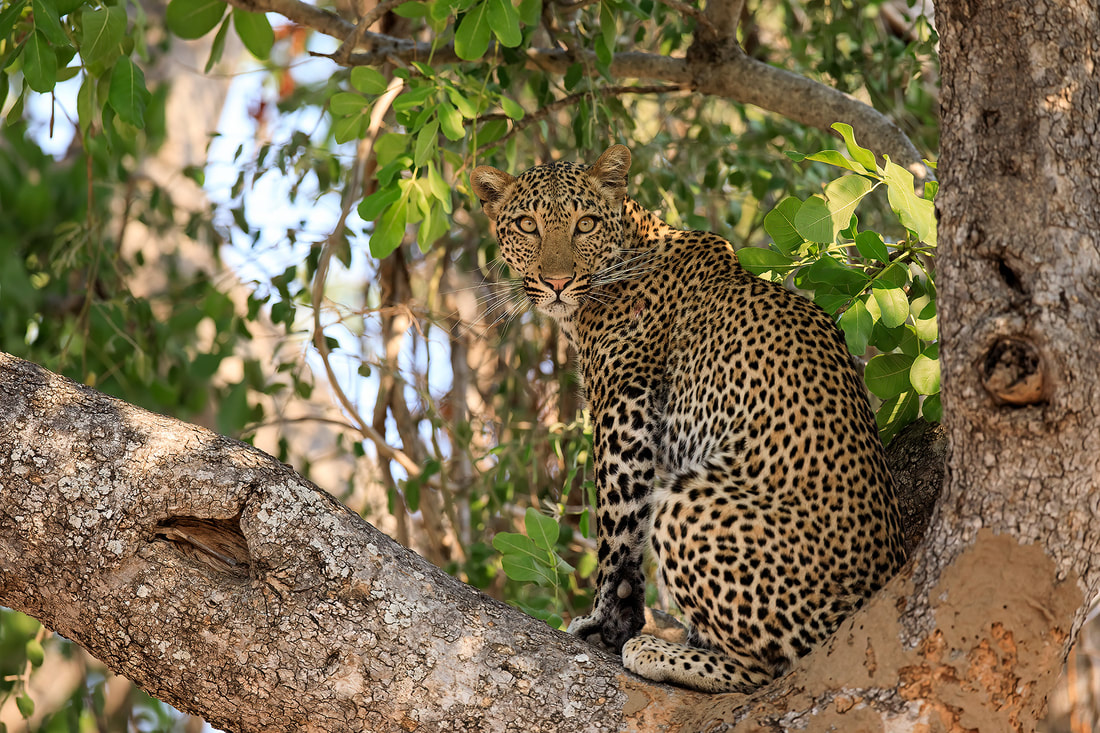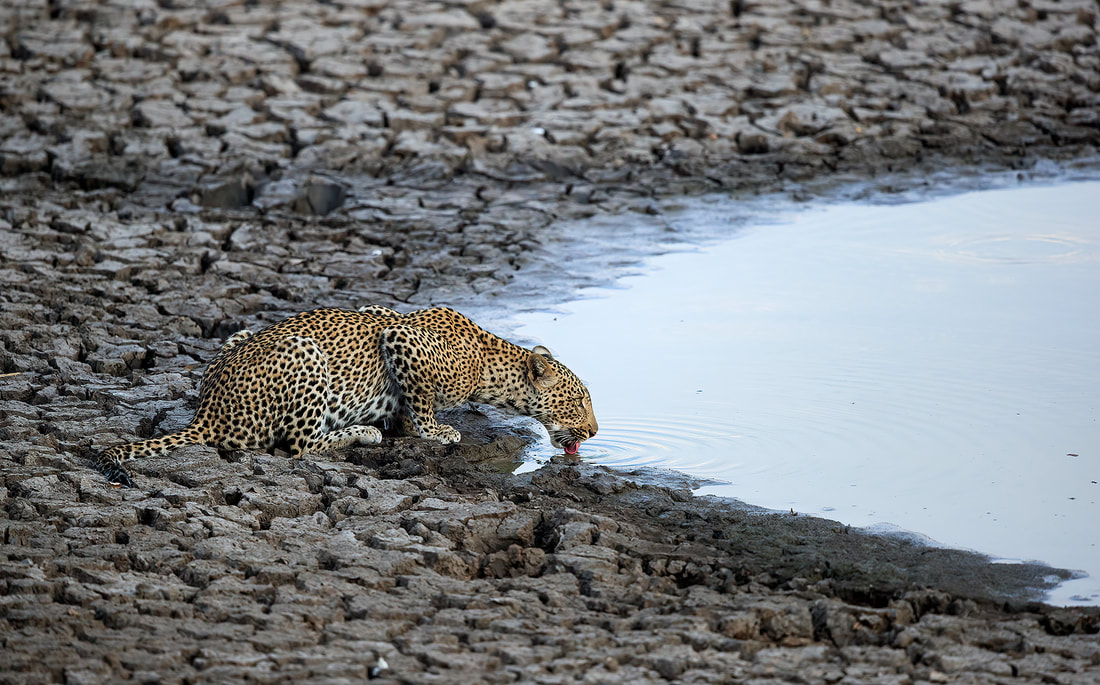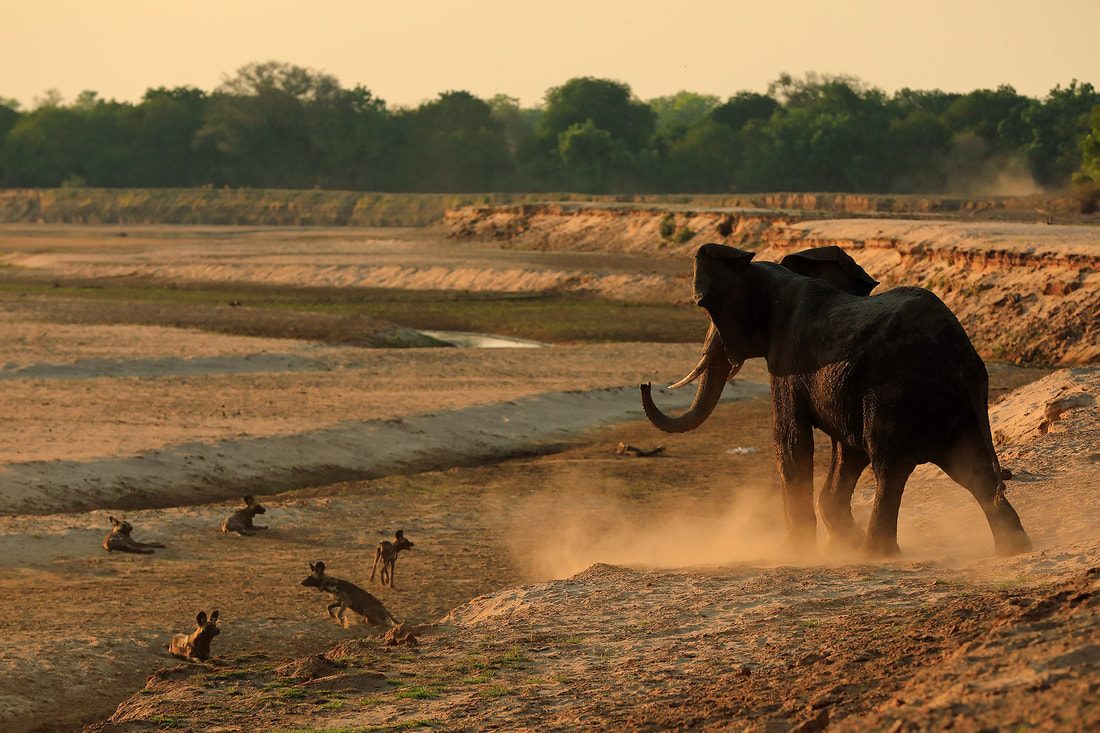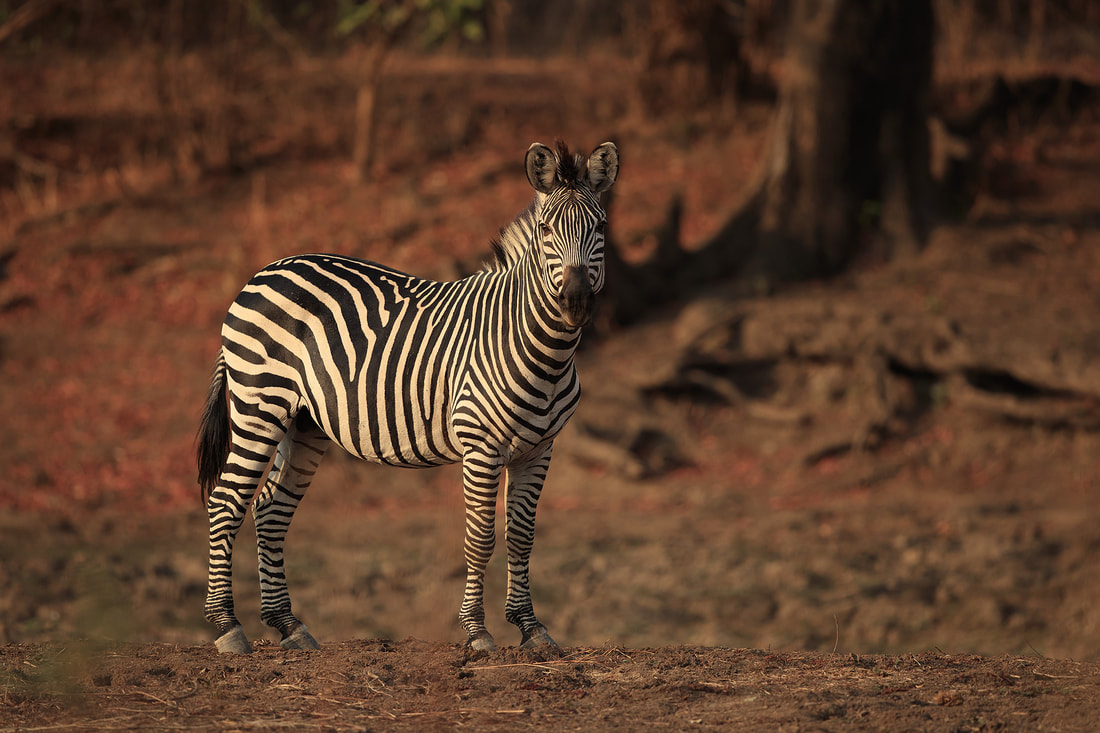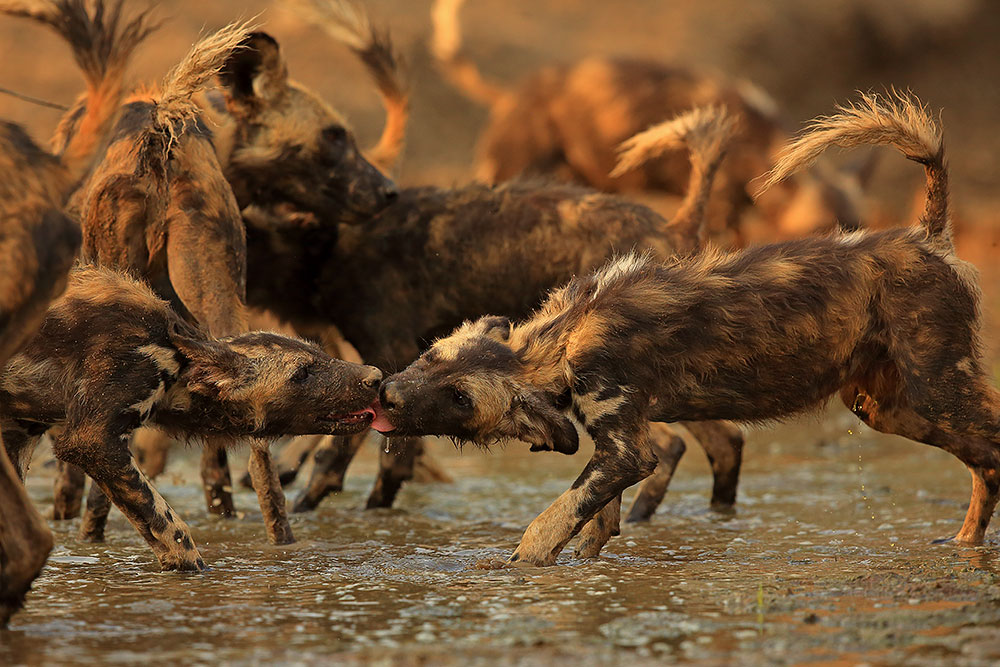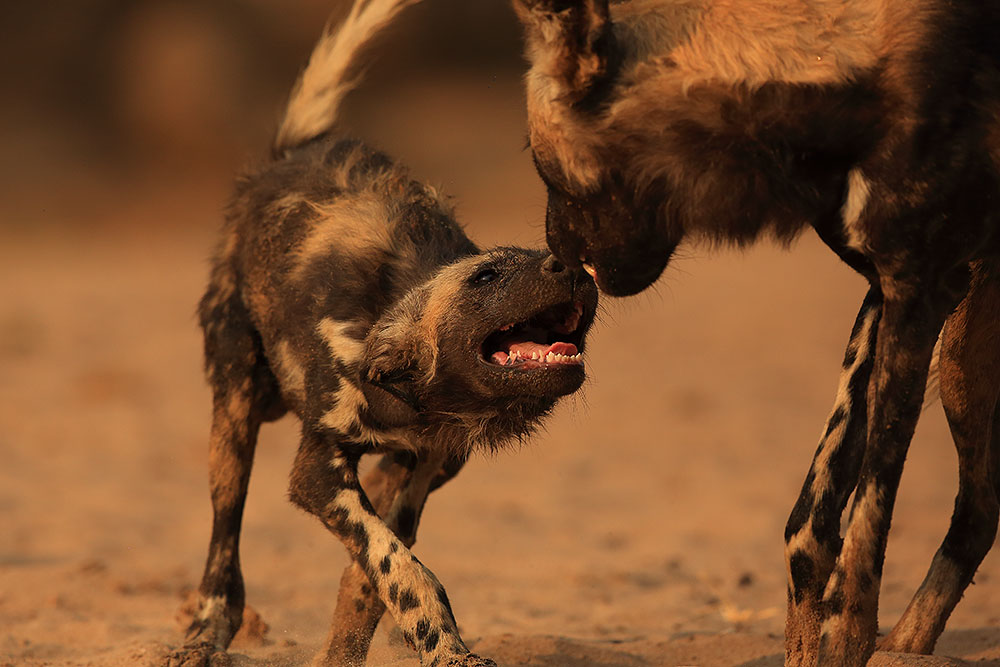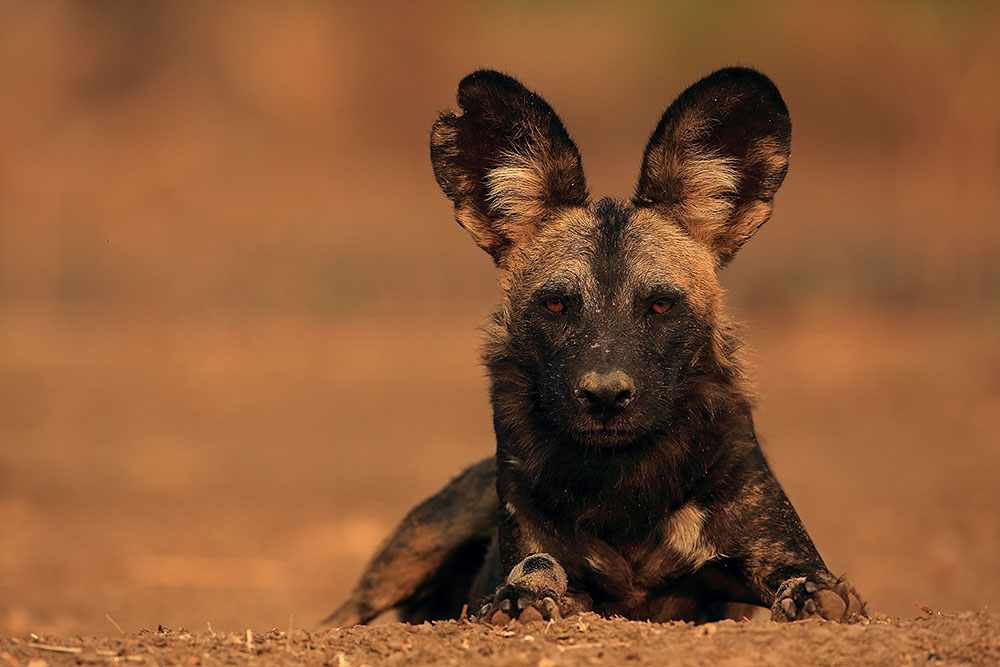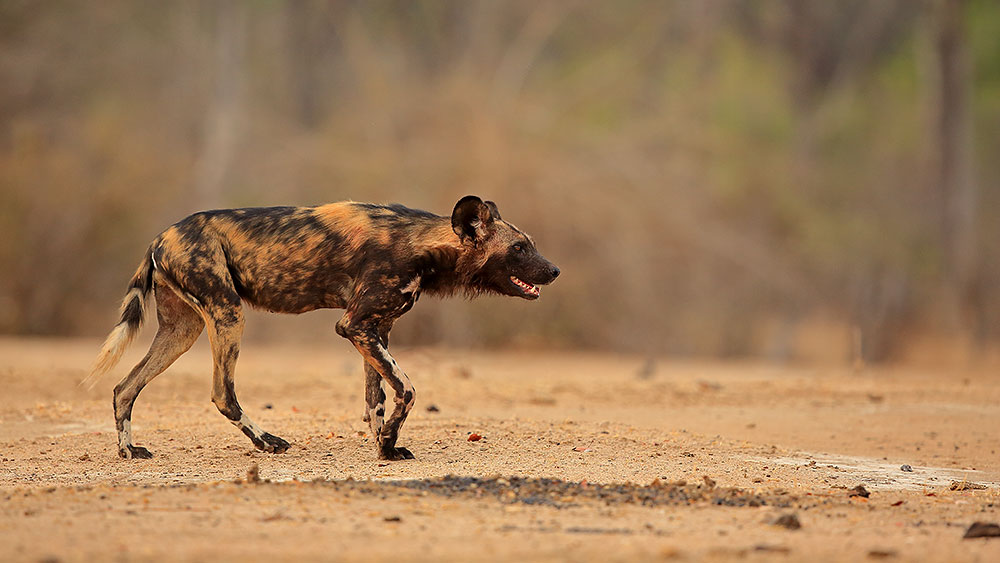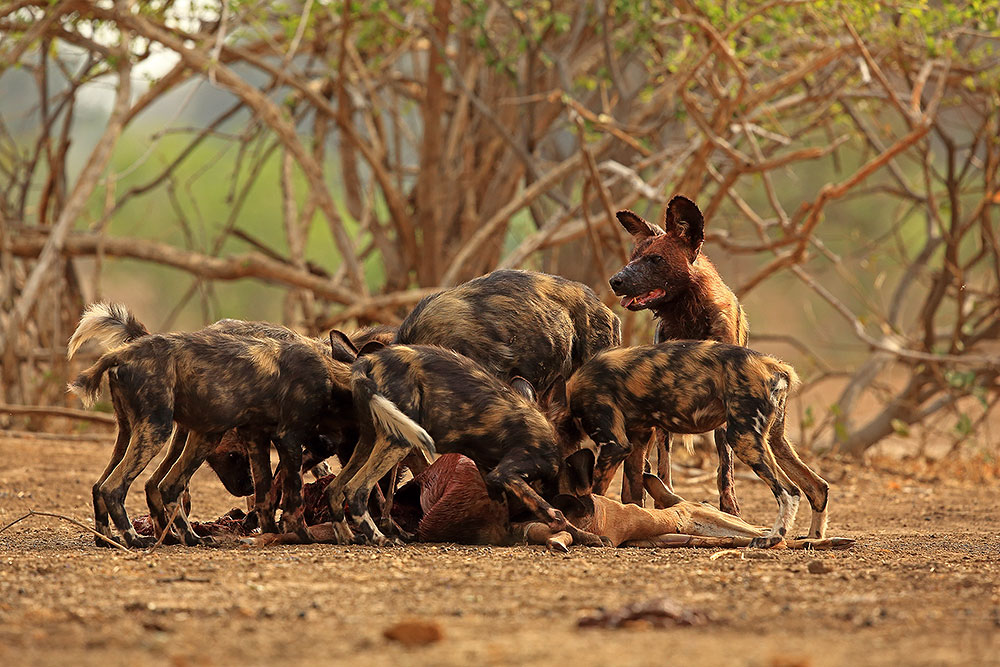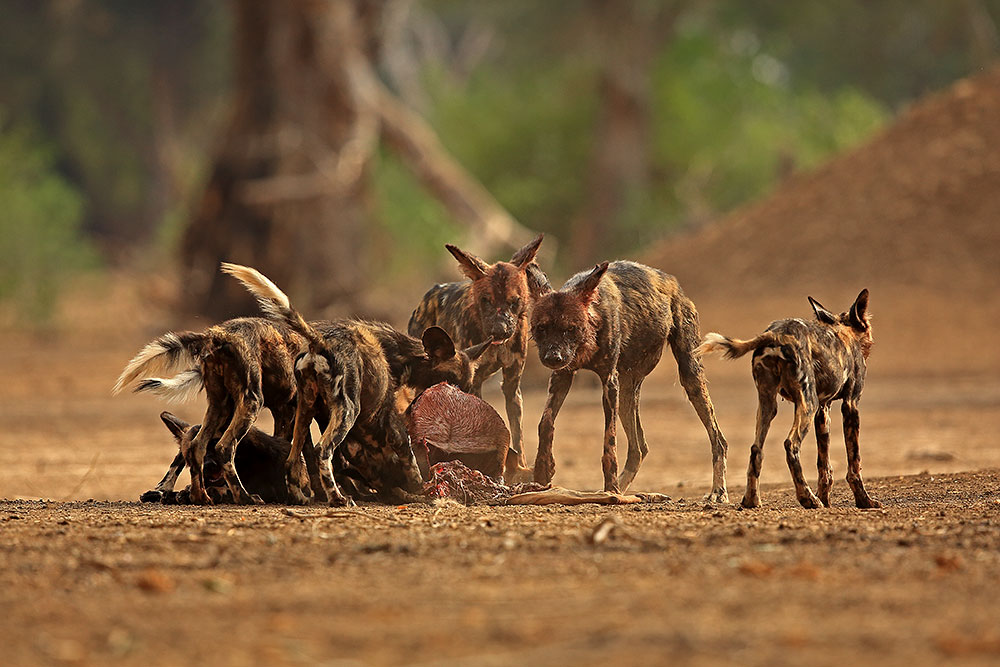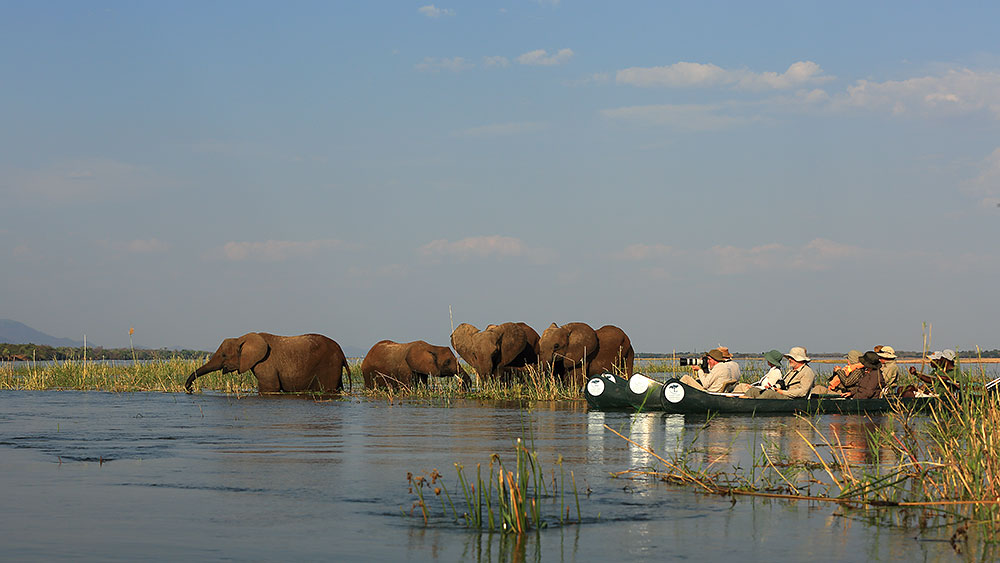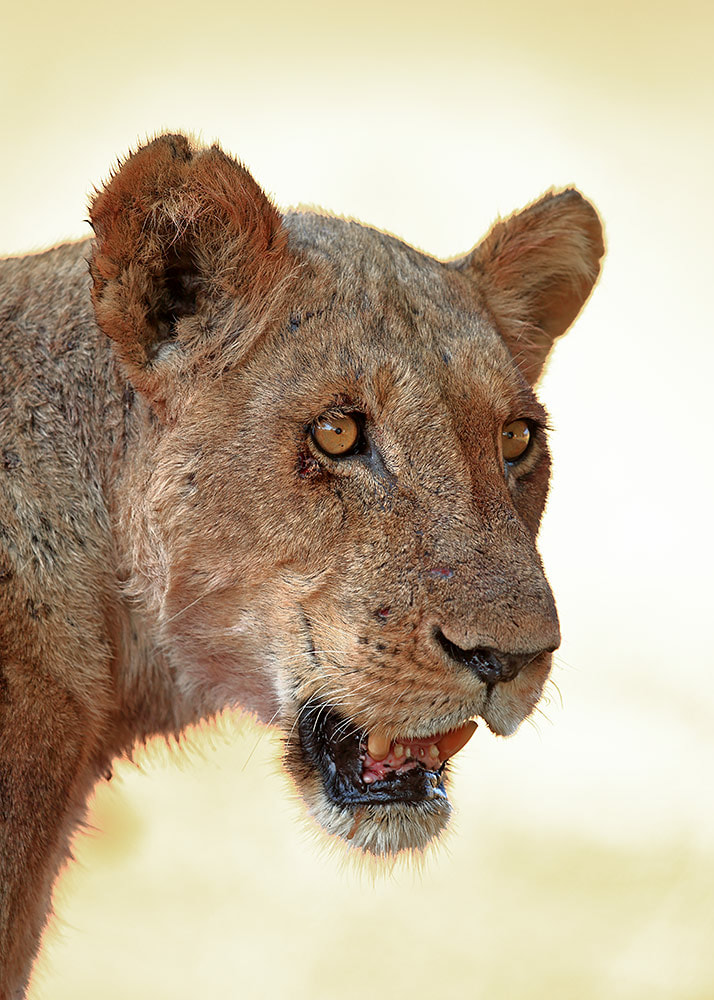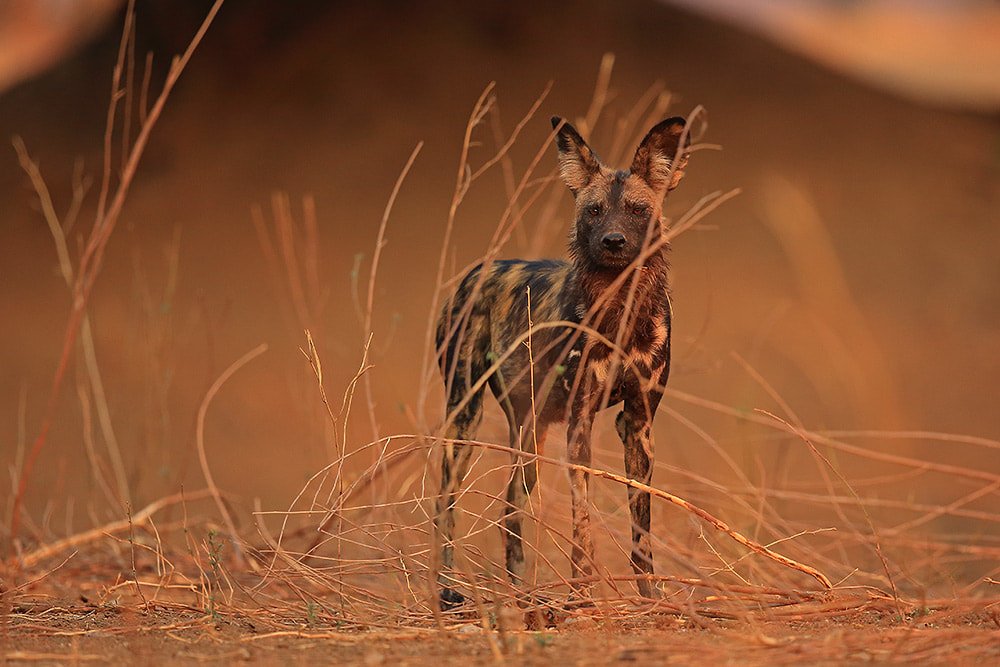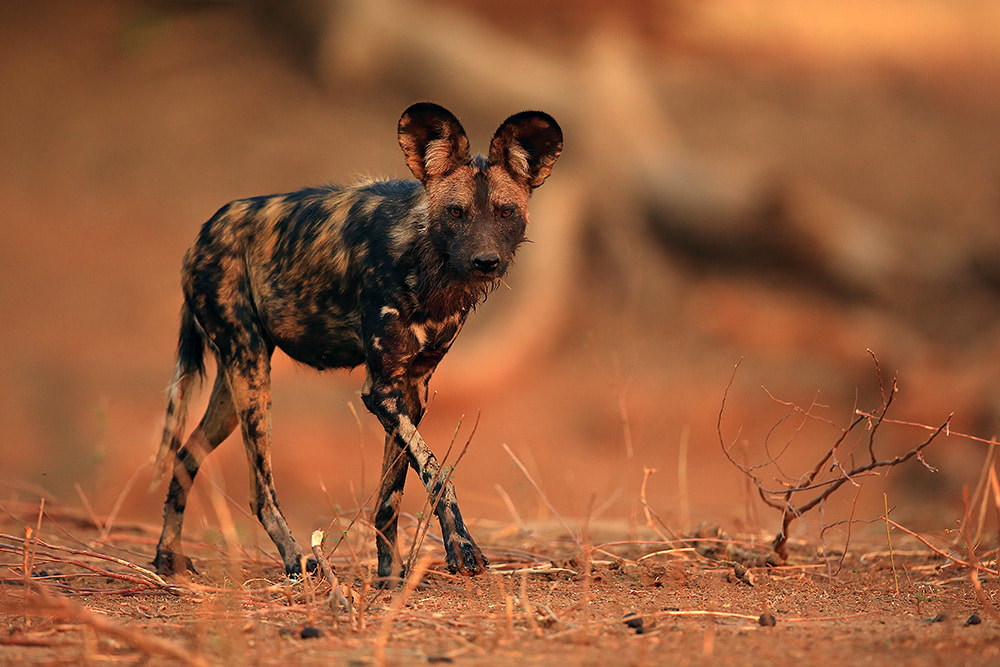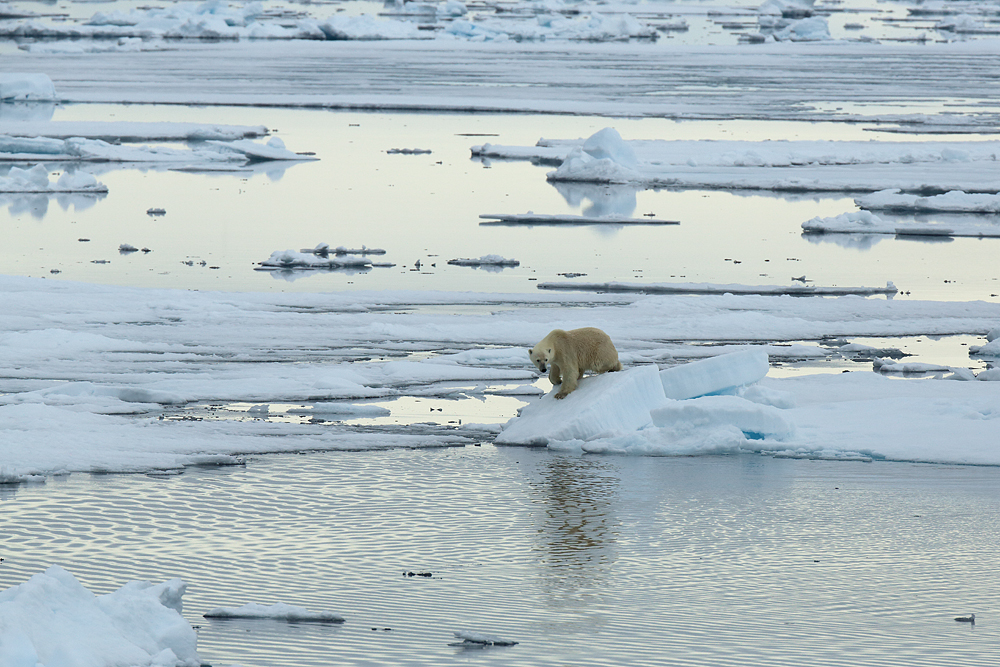|
Back at the start of April I was privileged to be on the guiding team for the Wildlife Worldwide Festival of Wildlife to Tanzania. We took over the delightful Ndutu Safari Lodge for a week and enjoyed some absolutely amazing wildlife encounters and accompanying photography opportunities. I was lucky enough to join the pre-tour extension to the Ngorongoro crater, but to keep this blog as concise as I can, I will focus on the photographic highlights in and around Ndutu. It really kicked off with an incredible attempted lion hunt after the most incredible thunder and hail storm. A lioness walked within yards of my vehicle, before eventually trying to hunt a herd of wildebeest, albeit unsuccessfully. It actually turned out to be a week of lions - we seemed to trip over them in each and every direction we travelled. What was great was that we actually were able to enjoy the lions being relatively active. This isn't typically the case with Africa's largest big cats, and so you have to make the most of these opportunities as and when they present themselves. What makes Ndutu such a fabulous place to base ourselves, was the wildlife that surrounds you while you're in camp. It's not always about the bigger things, sometimes it pays to sit in the comfort of the lodge and wait for the wildlife to come to you. Of course, the smaller things were followed by some amazing male lions ... For me, the absolute highlight of the trip was as we watched the sun set over Lake Ndutu. Giraffe were wading across the shallow water, while greater flamingoes sieved the rich waters through their beaks with the golden hues silhouetting them. Suddenly, someone spotted a cheetah and we were off, only for the cheetah to be immediately overshadowed by another shot. 'Caracal!' - I've been working in the safari industry for 14 years and this was my first every sighting of a caracal - just remarkable. As well as the more obvious mammals, the plethora of birdlife was exceptional and as such the photography was incredible. We timed our arrival perfectly, as the great migration was still in full swing. Although it's very hard to do it justice (photographically speaking) - unless you're in the air - it was a real privilege to see it out on the great plains. Of course, to finish things off, we had to have some more lions. In all seriousness, I was blown away by the numbers of lion here. Having travelled a fair bit in eastern Africa, I think this must be among the highest density of lions around. As I am sure you will agree, it was one heck of a trip. The Festivals are a real celebration of the wildlife, our wonderful clients and the team too. I won't be one of the leaders on the next iteration, but you can find out more about the trip to Falklands & South Georgia here.
0 Comments
One of my favourite places in Africa, are the conservancies which make up the Greater Mara Ecosystem. These large protected areas act as an important buffer to the Maasai Mara National Reserve. Furthermore, they are much quieter than the main reserve and so wildlife encounters are far more enjoyable and the photographic rewards are therefore often of a much higher quality. In January 2024, I was delighted to be at the helm for Wildlife Worldwide's dedicated photography tour to the area. We enjoyed staying in the wonderful Porini camps in Ol Kinyei & Olare Motorogi Conservancies. Our time in Kenya was incredible, despite some unseasonal rains, and we were treated to exceptional views of countless lion, a couple of beautiful cheetah familes, a leopard and a whole host of other incredible species. Here are some of the highlights for you ... After spending the first few days around Ol Kinyei and Naibosho Conservancies, we headed west to Olare Motorogi where we were really spoiled with world-class wildlife sightings. On our first afternoon in Olare Motorogi Conservancy, we were treated to an incredible sight. A female cheetah stalked and successfully killed a young male impala and we then watched from metres away, as her young joined her. What an incredible thing to witness from start to finish. As well as excellent cheetah and lion sightings, we also enjoyed a session with a leopard. The photography opportunities were limited, but it was wonderful to see all three species of big cat. As you can see, we were treated to some exceptional encounters and world-class photographic opportunities. I won't be leading a trip in 2025, due to other commitments, but we plan to run the tour in 2026 if you fancy joining me. Find out more on the Wildlife Worldwide website.
After a few weeks at home, it wasn't long before I was heading back to Zambia for Wildlife Worldwide's Festival of Wildlife 2023. I am sure many of you will have no idea what a Festival of Wildlife is, so let me paint a picture for you. Wildlife Worldwide will book out an entire lodge, or charter a vessel, and bring a team of leading experts who run a wonderful array of workshops and lectures. These 'extra' activities are timed around the traditional wildlife-watching times. I was there as the wildlife photography expert, trying to impart my knowledge with over thirty clients. I helped with theory and editing workshops each day alongside heading out on dedicated photographic game drives and enjoyed some incredible sightings. With that in mind, here are some of the highlights of our week-long stay at Mfuwe Lodge. As I'm sure you know by now (I visit South Luangwa every year), but this park is renowned for its leopards. The Festival was no different as many of the clients were blessed with several views of these stunning cats. There was, of course, so much more on offer ... We had an amazing week and our clients had a fabulous time. Our next Festival of Wildlife is to Tanzania. in April 2024 Due to some cancellations, there is some late availability - visit the tour page to find out more and book your place.
Back at the start of November in 2024, I was back in my old haunt staying with my friends in Zambia's South Luangwa National Park. I was leading Wildlife Worldwide's South Luangwa Photo Safari and our primary focus were the big cats, African wild dogs and the stunning birdlife all found within the park. I'm not going to write too much, I am simply going to share some of the highlights of the trip for you all to enjoy. Any trip to South Luangwa is sure to reward those with a passion for wildlife photography. We were blessed with some incredible lion sightings as well as numerous sightings of African wild dog. It doesn't really get much better tha that, except for maybe finding a leopard. When you have a sighting such as that above, you can't help but pinch yourself. The rest of the week was just as memorable and my whole group were treated to some world-class sightings and photographic opportunities. These were just a few of the highlights during our week in one of Africa's finest wilderness areas. If you would like to join us in 2025, then be sure to take a look at the webpage and book your place.
In 2023, after three years of delays due to a certain pandemic, I was delighted to be at the helm for Wildlife Worldwide's inaugural Uganda Photo Safari. This magnificent country is home to a wealth of exceptional wildlife and is often referred to as the 'Pearl of Africa'. It rightly earned this nickname for its agricultural wealth, but it's natural wealth is even more impressive. If you are into primates, then look no further than Uganda. With that in mind, this trip was put together to maximise photo opportunities of two of our closets cousins - the chimpanzee and the mountain gorilla. Along the way we were able to enjoy a plethora of other species in Queen Elizabeth National Park. Let's start with the wonders that lay within the forests of Kibale National Park. It was time to get up-close and personal with the chimps. Our first gorilla trek wasn't really much of a trek. We came across a chimp in the track while we were still in our vehicle. We quickly got out and enjoyed an incredible session with a large chimp. He rested, groomed and just seemed to enjoy our company before he followed the rest of his extended family deep into the forest where they climbed trees in search of food. We went back again the next day and just had the most incredible, intimate experiences all over again. Around the lodge and in the park we were able to photograph a number of monkey species, of which the most beautiful (in my humble opinion) was the L'Hoest's Monkey. After a memorable couple of days with the chimpanzees and immersing ourselves in the towering forests of Kibale, it was time to head west to Queen Elizabeth National Park. This huge protected area only has a couple of areas which are currently open to safari-goers, but its mosaic of habitats is unlike anywhere else on the African continent. We based ourselves in the Ishasha sector - famed for its tree-climbing lions. Sadly the lions eluded us throughout our stay, but we were instead spoiled with exceptional leopard encounters alongside a host of other typical species seen on a safari. As you can see, we were exceptionally lucky with what we managed to see in just a few days within the Ishasha sector. Furthermore, this area of the park is just absolutely beautiful - surely one of East Africa's most beautiful protected areas. With our safari bug scratched, it was time to head south towards the mountains of Bwindi Impenetrable Forest for what is arguably the highlight of any trip to Uganda. Our primary focus here was to track and photograph mountain gorillas. I have no words to describe a gorilla trek. They can be physically demanding, the photography can be equally frustrating and rewarding and the weather can be unpredictable. However, none of it matters. When you are stood only yards away from the world's largest primates, your world is turned upside down forever more. Nothing will be the same again. This is truly is a life-changing experience and I implore you, nay, I beg you to experience it for yourself. So what do you think? I really hope that I have inspired you to give Uganda some consideration when planning your next wildlife photography adventure. There is nowhere quite like it for such a varied experience and mesmerising wildlife encounters. I do hope you can join me on an upcoming Uganda Photo Safari with Wildlife Worldwide - you can find out more about the trip here.
Those of you that have been following my blog for a while will understand just what Zambia means to me. Many years ago I was privileged enough to work in South Luangwa National Park and it stole a piece of my heart. With that in mind, it was an absolute delight to venture back to one of my favourite haunts and lead another dedicated photography tour for Wildlife Worldwide on their South Luangwa Photo Safari. The trip was incredibly successful and we were able to capture some truly remarkable moments. Rather than rabbit on too much, I will just jump straight to the images. Starting with some birds ... As you can see, South Luangwa is an exceptional destination to photograph birds. However, the birdlife wasn't the primary focus for most of our group. The majority of people that join me on safari here are after the park's iconic mammals such as leopard, lion, elephant and African wild dog. There is of course a wide array of species that call the park home, including plenty of herbivores. And now for the species you really wanted to see ... We were treated to some incredible encounters with African wild dogs throughout the safari. The afternoons were particularly fruitful as the dogs were choosing to rest on the sandy banks along the Luangwa River. As well as intimate portraits, we were able to capture some wonderful environmental scenes. For many, the main reason for coming to South Luangwa National Park is for leopard. For many years now, the park has gained a reputation as one of the best places in Africa to see leopard and we have were fortunate to have numerous encounters with a couple of different individuals. However, it was one evening where we heard baboon alarm calls that we were treated to a truly exceptional encounter. As you can see, we positioned the vehicle in such a way to maximise the photography opportunities for the clients, all the while ensuring that the leopard wasn't disturbed by our presence. Working closely with my guide, and good friend Bwalya, we ascertained that she was likely to visit the drying lagoon for a drink and parked just along the pathway she was most likely to take. Our plan came to fruition and she walked within only a couple of metres from the vehicle, looking past us before continuing down towards the water. It isn't often that everything comes together perfectly, but when it does you are left with a sense of pure joy. It was an encounter that will live long in the memory and I can't wait to head back to Zambia again later this year leading for Wildlife Worldwide.
It has been another action-packed year for me. With the travel sector back in business, I was busier than ever (making up for lost time) leading tours left, right and centre. With such a busy year, I haven't really had time to focus on my own projects, but I was able to capture a few wonderful moments when out in the field with clients. So with that in mind, I thought I would share my 'Top 5' images from the year of 2022. I should add that these are in chronological order and just a small selection of some of personal favourites. In case you haven't yet realised, I really love taking portraits of wildlife. I would love to know which is your favourite. The wonderful thing about photography is that it is completely subjective. My decision making behind this selection is probably biased, as my memories of each moment are likely to change my perception of the image itself. Anyway, I do hope you enjoy them.
2023 promises to be another busy year and I will do my utmost to keep this blog up to date. In the mean time, I have two more posts to come from my Colombia tour, another focusing on South Luangwa in Zambia and a final one from Australia. Happy reading! Sorry I have been quiet again for the first quarter of the year. It has been a crazy few months and I am only just getting the time to sit back and think about the past 5-6 months. Back in November I was in a state of shock as I was actually able to enjoy leading my first African photo safari in nearly 2 years. Wildlife Worldwide were finally able to run our unique South Luangwa Photo Safari and it was a pleasure to be at the helm for two separate trips. Our first trip was based at one of my regular haunts – Flatdogs Camp – where I had the pleasure of my good friend and guide Bwalya looking after us. We had an exceptional week with Bwalya, although the leopard didn’t quite play ball, and were treated to some excellent encounters with the African wild dogs and countless lions. The second week was based at the delightful Mfuwe Lodge and we had some exquisite sightings of leopard and the wild dogs once more. The rains had started to fall intermittently, but it really didn’t disturb our game drives and huge thanks must go to our excellent guides . One of the great things about South Luangwa is that you never really know what to expect and from one week to the next, you will likely see something completely different. Here is just a taster of what we saw … If you would like to join me in Zambia's South Luangwa with Wildlife Worldwide, there are still some spaces available. I will be joined by fellow photographer Sean Weekly, and I will be back for more in 2023.
It was my final week in Zambia, with my third group from Wildlife Worldwide arriving. It was another fantastic week and we were treated to some remarkable sightings. It was a week of lions, leopards, buffalos, elephants and new-born impala. We were blown away by some incredible game drives, with mating lions, a complete leopard hunt and lions gorging on numerous buffalo carcasses. Once again, I am going to leave you with the images to do the talking. Enjoy! The first days were all about the big cats, but there was so much more on offer throughout the week ... As the week progressed it seemed that we had a bit of a leopard fiesta, the sightings increased in the last couple of days and provided some excellent photography opportunities. If you would like to join me in Zambia's South Luangwa National Park, there are still a few places left in 2021. You can find out more and book your place on the Wildlife Worldwide website, alternatively please contact me for more information.
It was my third week in Zambia's South Luangwa National Park and I was well and truly in the groove. Being in the African bush is where I feel most at home, it has a hold over me like nowhere else. It was now I really felt in tune with my surroundings and really in sync with the wildlife of this remarkable national park. It was my second tour of the season leading for Wildlife Worldwide and it was another delightful group of people. Our local guide was Bwalya, who's love of photography and wildlife was immediately apparent. This week turned out to be the week of leopards and lions. We were blessed with numerous encounters and sightings and rewarded with some fantastic photography opportunities. Once again, rather than going in to too much detail, I will simply let the pictures do the talking. As you can see from all of the images, my group and I were blessed with some amazing sightings. In fact, for me South Luangwa offers such incredible variety and world-class photography opportunities. These are only a taster of what we were able to enjoy, but I hope it inspires you to join me in 2021 (there are still a few places remaining). You can book your place here.
My second week in Zambia was the first with my Wildlife Worldwide guests and our expert local guide was Jonathan (one of the excellent guiding team at Flatdogs Camp). We had an unbelievable week with numerous leopard sightings, but it was the lions who really stole the show. I had a fantastic group and we were lucky enough to enjoy an all-day game drive with over 30 lions seen, a leopard, countless elephant and some fantastic birds too. Rather than waffle on, I will just share some of the highlights. Enjoy! There are still a few places available in 2021 if you would like to join me in South Luangwa, you can find out more here.
Back in November 2020 I was privileged enough to lead three back-to-back photographic safaris in Zambia’s South Luangwa National Park. I used to work in the Luangwa Valley, back before I worked in the UK in the wildlife travel business, so I am very familiar with the wildlife and it is like home from home for me. The week before my first guests arrived, I went to a national park I hadn’t previously heard of – Luambe National Park. In fact, a friend of mine (and my old boss) now runs the only accommodation in the park and offered to show me around. So here is a little taster of my first week back in the Zambian bush, the place where I probably feel most at home. As well as Luambe, I went for a few game drives in the Mfuwe sector of South Luangwa National Park – so believe me when I tell you that the wildlife sightings were world class. I hope you enjoy an image-based round up of week one … The African wild dogs (or painted wolves) were taken in Luambe National Park whilst staying at the truly stunning Luambe Camp. I can't recommend this remote and beautiful camp highly enough, so please do visit the website to find out more.
P.S. The next few posts show even more variety and a whole host of cats ... At the end of the dry season, the heat in Mana Pools National Park just seems to build up and up. A natural crescendo, until eventually the rains come and bring a little relief. In early November though, the rains had still not arrived and day time temperatures were regularly hitting 44 degrees Celsius. Driving through the park on this particular morning, it felt like you were in the firing line of an industrial hairdryer, a stifling, warm breeze filling the air and making it feel a little uncomfortable. We were back in search of the wild dogs once more. Having spent the previous afternoon on the river, it seemed like we had to catch up with the dogs and find out what they were up to. However, no matter how hard we tried, we were unable to find the dogs on this particular morning. Instead we found a very sociable, and approachable, flock of long-tailed starlings. When a group of wildlife photographers are together, any slightly different subject just means you have something new to focus on. Later on we managed to find the small pride of lions, two adult females and a young male and spent a bit of time watching and photographing them before heading back to camp for lunch. The majority of the group decided to go out on the river once more this afternoon, all but one, who wanted to head out after the dogs once more. In order to keep the group size manageable for the canoe safari, I headed out with the one client and our guide Daryl. Well there is no other way to describe the afternoon with the dogs, other than that it was pretty magical. It was only going to be a shorter game drive/walk as we had arranged a BBQ on the banks of the Zambezi up stream of our camp. We found the dogs resting in the same drying river gulley we had left them a few days earlier. As there was only three of us, we slowly made our way towards the pack, taking our time and keeping the noise to a minimum. The whole pack were so incredibly relaxed and we were able to get extremely close. This encounter was right up there with my very best anywhere in the world, probably only coming second to coming face-to-face with the gorillas. I am not really going to say much more, other than that it was a real privilege. The following pictures and footage can do all the talking for me. If you would like to join me in October 2019, we still have a few spaces remaining. You can find out more and book your place by visiting the Wildlife Worldwide website.
t was the half-way point on Wildlife Worldwide’s inaugural Mana Pools: Wild Dogs & Elephants Photography tour, but today would prove to be a little different. As with any day in Mana Pools National Park, we arose bright and early, ready to search for the painted wolves once more. This morning it took as a while to find the dogs, they had moved deep into the scrub, away from the alluvial plains of the Zambezi and we found them resting near a dry pan. The habitat here reminded me of some the southern areas of South Luangwa, it was very different from the open forest of the valley floor. The pack were busy doing what they do best after a night’s rest, playing. The young adults and the pups were running around at full pelt, leaping over fallen trees, just enjoying themselves. It is always an honour when wild animals allow you to approach to on foot and we were spoiled on this particular morning. About an hour after we had climbed out of the vehicles, the alpha pair decided it was time to move on in a determined manner. This usually only means one thing, they are looking for breakfast. The speed at which the dogs can move is incredible. African wild dogs are athletes of the highest pedigree and in order to keep up with them, we had to jump in the vehicles once more. They were heading back down onto the flood plain and when we caught up with them they were half heartedly chasing a warthog. Then, in a bizarre moment, a small herd of impala approached the dogs and a more determined hunt began. This time, when we had caught up with the pack, they had brought down a pregnant impala. The following images highlight what happened next … The pack seemingly target pregnant female impala at the end of the dry season and on this particular morning they pulled down an individual with an unborn youngster. Of course, sights like this are hard to see, but it is nature and to witness this behaviour is actually an honour. You can see two of the pups above playing with the foetus. Once the dogs had finished with the kill, the hyenas quickly moved in ... After watching the hyenas fight over the impala remains, we followed the wild dogs down to long pool. We left them to it and decided to spend a little time photographing a pod of hippos. The afternoon was a different proposition altogether. My group had gone out looking for the painted wolves on every single drive, so we decided that this afternoon we would head out on a canoe safari down the mighty Zambezi. If you haven't ever been on a canoe safari ... well you must! Here is a little taster for you. The proximity you can have with the elephants when on a canoe is truly remarkable. The video footage below was taken on my phone ... Be sure to join me later this year in Mana Pools for incredible encounters with African wild dogs and elephants. Please visit the Wildlife Worldwide website for more information.
With the start of our trip to Mana Pools being so successful, particularly with the African wild dogs, the pressure was off and the whole group could just enjoy themselves. There is nothing better for me as a leader than knowing your group are happy after their first couple of days on safari. When I asked everyone what they wanted to focus on for the next few days, half the group said they would like to try their luck with the southern carmine bee-eater colony, while the other half wanted to keep following the dogs. I kept with the wild dog group to keep numbers nicely balanced and we had a brilliant time with the dogs. It took a little time to find the dogs this morning as they had moved some distance overnight. Nick Murray (our guide and the BBC’s Dynasties series guide) and I used our combined tracking skills to eventually find the dogs much further to the east. The pack had come across a small herd of zebra and decided that this was a good lesson for the pups. Zebra are not typical prey for these painted wolves, they focus their efforts on impala, but that is all part of the learning curve for young dogs. We watched them play with the zebra for 10 minutes or so before they went off at high speed after a herd of impala. Even in the vehicle we couldn’t keep up, such was their speed. When we eventually caught up with them, they had found a warthog and were desperately trying to catch it. However, every time they got close the warthog, which was a very healthy large male, he backed himself into a drainage culvert. Eventually the pack gave up and just went about the daily routine of getting ready for their siesta. This is a great time to photograph the dogs as the sun is often still low in the sky, meaning you get some lovely rich light. At the same time, a large bull elephant appeared and started to browse the high branches of a fruiting sausage tree. We were truly blessed with some excellent photography. We also came across a small pride of lion just a hundred yards or so from where we had a breakfast stop on the banks of the Zambezi. After a little while, all the dogs eventually crossed a drying pool and ended up resting in a shady dry gully, where the sandy soil was still moist with small pools of water. We found the dogs in the same spot in the afternoon before they suddenly got up, crossed one of the small pools and sprinted across the open plain towards the higher ground of the park. Above the floodplain the vegetation is radically different and we lost the dogs in the thick undergrowth. It was only the noise of the dogs on a kill that meant we were able to locate them in a dense thicket. The photography opportunities here were limited, but the proximity to the pack and their kill was incredible.
It all got rather exciting as the light started to fade. As we were watching the pack finish off the last scraps of the impala carcass, a small herd of elephants arrived on the scene. Within moments the elephants had the scent of the wild dogs and charged – the only issue was that we were between the two and we had to make a very speedy retreat and move back towards the vehicles. Our guides were absolutely excellent, keeping the group out of harms way without any hesitation or panic. Clear, calm and incisive commands kept us all safe with some heightened adrenaline levels. If you ask me where I feel most at home, there is only one answer and that’s ‘Africa’. So, why Africa I hear you ask? Well, quite simply, it is home to some of the world’s finest wildlife, wonderful people and stunning landscapes. Well recently I went to Mana Pools National Park in Zimbabwe, while leading for Wildlife Worldwide, and I can honestly say that my life has changed forever. That is the second time I have said that after a trip to Africa in the last year and I stick by it. Mana Pools has become synonymous with the African wild dog (or painted wolf) as per the BBC’s fantastic Dynasties series. In fact, I spent 8 days in the park following the star of the show Blacktip and her pack. It is possible to go on walking safaris in Mana Pools, which is just like many other parks (particularly in Zambia), but here the wildlife can be very approachable and the wild dogs are especially habituated to people on foot. On top of that there are few elephants that are particularly special and allow a wonderfully close approach. Anyway, I won’t rattle on too much more. Here are the highlights from the first couple of days … The first encounter with the dogs was definitely one of the most frantic. Just as I approached the dogs with my group, the whole pack got up and started to try their luck hunting a herd of impala. All hell broke loose and we somehow ended up right in the middle of it. At one point we were surrounded by around 10 dogs as they tried to panic the impala into a mistake. The next morning we found the dogs in almost the same spot as where we left them, and they allowed even closer approaches. When you struggle to fit your subject in the frame it is always a good day ... After a fantastic morning in Mana Pools the evening proved to be even better. We found the pack fairly close to where we left them, they were enjoying an afternoon siesta. Not long after we arrived, the dogs started to wake and start their bond renewal routine. African wild dogs are one of the world's most social species and the level of their communication skills are far beyond our understanding. We watched the whole pack greet one another and play in wondrous orange light.
Mana Pools is one of those places that gets under your skin and I hope that this overview of my time there inspires you to go for yourself. Join me in 2019 and discover the next chapter of Tait's & Blacktip's Dynasty - Mana Pools: Wild Dogs & Elephants Photography. After a very busy summer leading trips all over, exhibiting at Birdfair with Wildlife Worldwide and prepping for the next few months, it was time to take a bit of me time. Of course, when you are a wildlife photographer, that means going in search of some incredible wildlife – so my girlfriend and I headed off to Uganda for a trip of a lifetime. Uganda is best known for its primates and that was the major draw for us too, particularly the mountain gorillas of Bwindi Impenetrable National Park in the south west of the country. We had booked to stay at Buhoma lodge and I can honestly say that it was one of the very best places I have ever stayed. The lodge itself is situated in the rainforest so don’t expect super luxury, but it is spotlessly clean and the service is superb. On the morning of our trek we headed down to the registration office, accompanied by Ivan (from Buhoma) who sorted everything out for us and listened to the briefing. We had to drive around the mountain to start our trek and were to be going in search of the Habinyanja group, with Makara the silverback as the head of the family. Our trek started off in the tea plantations of the surrounding villages before we reached the boundary of the forest. What happened next was one of the most incredible experiences of my life and I have been very privileged to see some pretty special things. The gorilla group was only around 150 yards inside the forest but this involved a very steep descent into a river gully and back up the other side. This was not particularly demanding and took less than an hour to negotiate, a lot less than we were anticipating, but that is the luck of the draw sometimes. The first gorilla we saw was an adult female who was fast asleep, she was no more than 5 metres away and didn’t even open her eyes as we stumbled through the thick vegetation. I genuinely couldn’t believe what was in front of my eyes. It was completely surreal to be so close to such a remarkable, wild animal. Some 30 metres further down the slope was the silverback and his family were strewn across the vegetation between us. The next hour of my life flew by and a lot of the time I didn’t even take any photos, I was just mesmerised by the majesty of the moment. I really focused my efforts on the youngsters of the group who provided some of the most wonderful moments and at times were less than 30 centimetres away from us. The following images really don’t do it justice, but I hope it at least gives you an idea of what we were treated to. I will just finish by saying that if you have not yet had the opportunity to visit Uganda (or Rwanda), then I really can't recommend it enough. It is one of the most incredible things you can do in life, a genuinely life-changing experience beyond anything you can ever imagine ... book your place now!
I just wanted to share a single image today as I thought it was a pretty special place. Earlier this month I visited Angola (where my sister lives) and went on an adventure to some of the country's most spectacular locations. One of these was Kalandula Falls, and it was without a doubt one of the most stunningly beautiful places I have ever been.
Below is a panoramic of the falls taken from a beautiful hotel run by a charming couple - Pousada de Calandula. I really think Angola is one of Africa's most stunning countries (from what I have seen) and it has so much potential to become a world class travel destination. I am no landscape photographer, but I do hope you like the photo below ... Having spent the night in the ice, all was clear on the Polar Bear front but we weren't to be put off. Today we were going to head through the ice and see if we could find some more bears. After breakfast we were to have a lecture about how to sex Polar Bears, as the lecture was coming to an end a call went out over the loud speaker ... a Polar Bear was on the horizon. We made our way towards the bear and this bear seemed more relaxed in our presence but as we approached a group of Harp Seal swam around the ship's bow. It was amazing to get closer to this bear and see it behave as if we weren't even there ... After 45 minutes or so we decided to leave the bear in peace as we didn't want to break the ice and destroy its potential hunting habitat. We set off through one of the many clear channels in the ice and headed east along the coast of northern Spitsbergen. As we made our way through the ice we disturbed the water and were therefor accompanied by Fulmars, Kittiwakes and Glaucous Gulls. I went to the stern of the ship and photographed these birds as they performed their aerobatics. As we kept on heading through the ice to the remote island of Moffen we noticed a large lump on the ice, it was a Walrus ... our first of the trip! As we got closer, much to our dismay, the Walrus slipped off into the icy water and out of sight. We were all a little disappointed but then to our delight we noticed a multiple of lumps, yet more Walruses. It was a bachelor group of Walrus, sitting on a small ice floe and creating quite a mess in the process. The ice was less than pristine but the Walruses certainly seemed content as the captain swung the ship to try and make sure everyone on board got a great view. So with Walrus finally ticked off and some close relatively close encounters from the lowest point on the ship we headed off towards one of the fjords where we hoped to land the following morning. The target ... yet more Walruses but this time at a well known haul-out point.
Just a very quick one, I have been looking back through some of my Kenya images and found this photo of a spotted Hyena clan feeding on a Wildebeest. Nothing really out of the ordinary there but I remembered it being almost dark when I took the photo so I looked at the details.
I was astounded, this image was taken using an ISO of 12800!!!!! I am not joking when I say that image has less noise than my old 7D at an ISO of 1600. Absolutely amazing! Anyway though it was worth sharing with you all! |
AuthorBret Charman Archives
July 2024
Categories
All
|





















